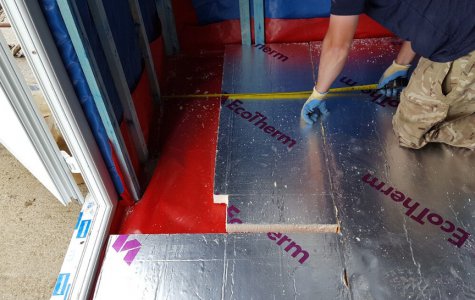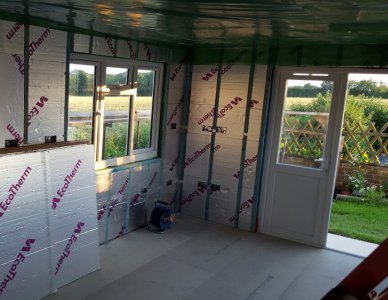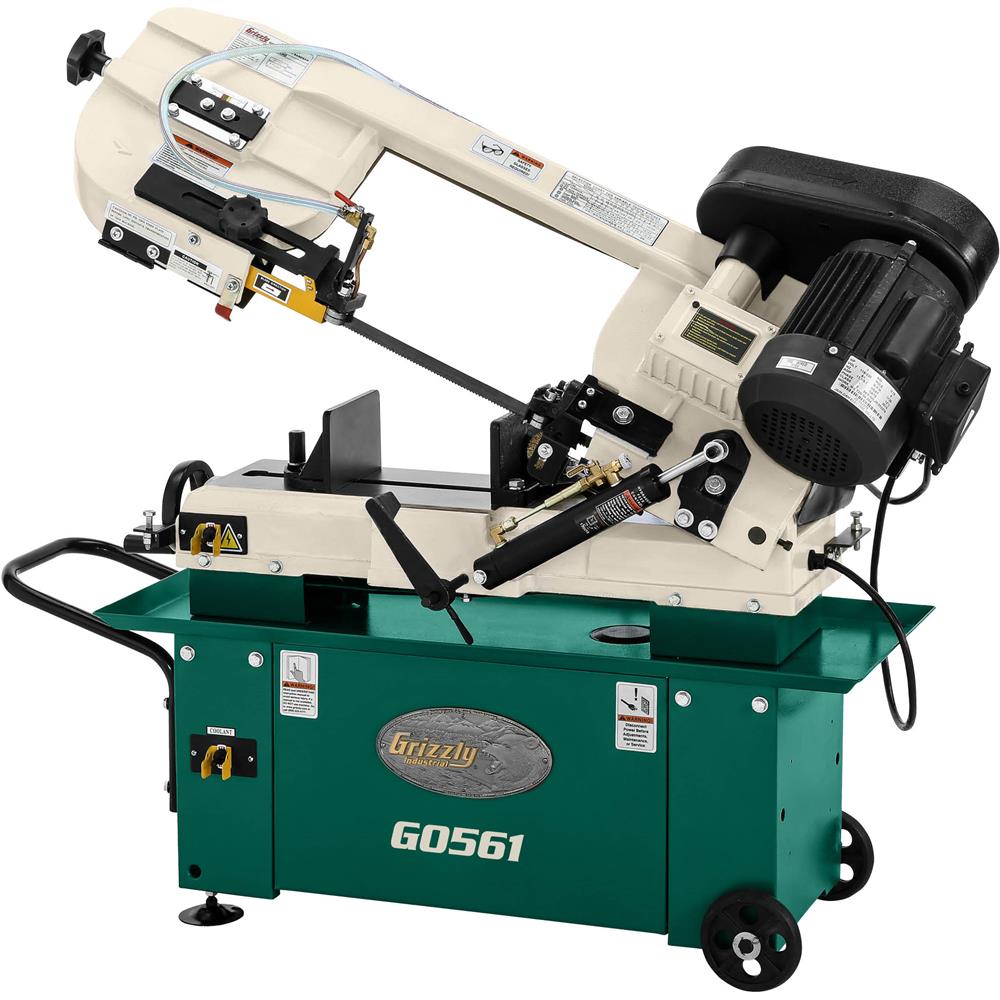- Joined
- May 27, 2016
- Messages
- 3,471
Many thanks to all you folks for the clues on what you use.
My floor is still empty, no benches, nothing. The concrete under is 150mm (about 6") laid on top of the heavy DPC membrane, which itself is on some thickness of washed rejects stone, and some sand and insulation blinding. It looked like about 1mm thick. Then over the concrete, an even tougher red sheet, apparently to block the build-up of radioactive radon gas. Then 50mm (about 2") of polyurethane insulation, the kind that comes between layers of aluminium. Over that, the 22mm pressure treated resin chipboard floor that cannot absorb moisture. I am told it is treated with fire retardent. It is a bit smoother and harder than wood plank.
The pressure distribution onto the insulation is such that the result seems very stiff, but is still a wooden floor. To drop something on it would have the wood consequence, rather than like concrete.
I was thinking something to allow better clean-up of spills and chips, and to achieve something in between raw blocks finish and epoxy on concrete, I might try industrial grade vinyl tiles or sheet. If I ever do have a machine that needs to anchor down to substrate, I can drill, and put in chemi-anchor bolts or similar into the concrete, and add spacers.
 -
- 
The place is to be a CAD design office with a mill, lathe, possibly a 3D printer, some bench, various electronics stuff, and whatever else might find a role. I am giving quite a lot of thought as to how to use the space carefully. I am looking for a tough, cleanable floor finish that can also look good.
My floor is still empty, no benches, nothing. The concrete under is 150mm (about 6") laid on top of the heavy DPC membrane, which itself is on some thickness of washed rejects stone, and some sand and insulation blinding. It looked like about 1mm thick. Then over the concrete, an even tougher red sheet, apparently to block the build-up of radioactive radon gas. Then 50mm (about 2") of polyurethane insulation, the kind that comes between layers of aluminium. Over that, the 22mm pressure treated resin chipboard floor that cannot absorb moisture. I am told it is treated with fire retardent. It is a bit smoother and harder than wood plank.
The pressure distribution onto the insulation is such that the result seems very stiff, but is still a wooden floor. To drop something on it would have the wood consequence, rather than like concrete.
I was thinking something to allow better clean-up of spills and chips, and to achieve something in between raw blocks finish and epoxy on concrete, I might try industrial grade vinyl tiles or sheet. If I ever do have a machine that needs to anchor down to substrate, I can drill, and put in chemi-anchor bolts or similar into the concrete, and add spacers.
 -
- 
The place is to be a CAD design office with a mill, lathe, possibly a 3D printer, some bench, various electronics stuff, and whatever else might find a role. I am giving quite a lot of thought as to how to use the space carefully. I am looking for a tough, cleanable floor finish that can also look good.


